SerialPlot accepts 3 different types of data input:
- simple binary stream, supports different number formats (unsigned/signed - 8/16/32 bits and float)
- ASCII data in CSV format
- user defined custom frame format (frame start byte, frame size, checksum etc..)
You can take snapshots of current view and store them in CSV files. You can also load them back from csv files, for convenient viewing.User can also define "commands" to be sent to the serial port device with a click. Commands can be defined in HEX or ASCII format.
In the sidebar you can find links to Linux and Windows downloads and source code.
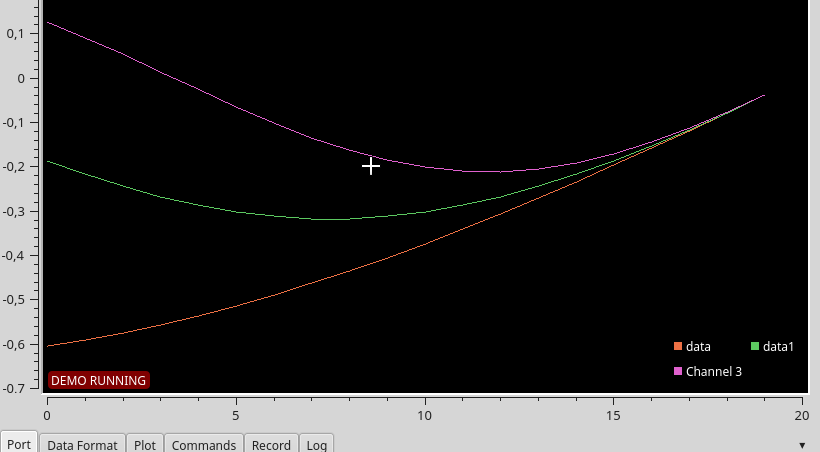
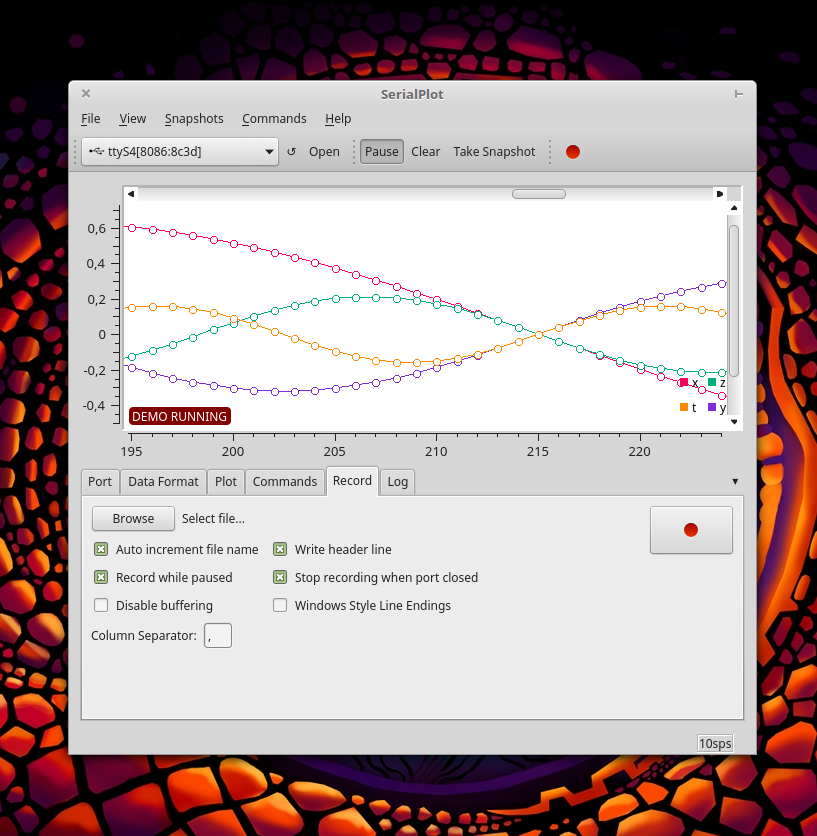





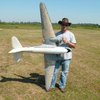




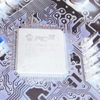


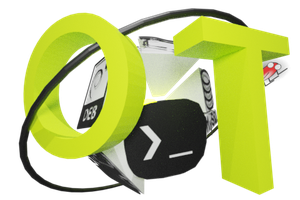
 yOyOeK1
yOyOeK1
 Nicholas Jackson
Nicholas Jackson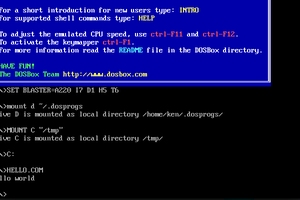
 Ken Yap
Ken Yap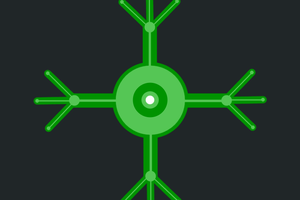
 lpauly
lpauly
Hello,
May I know how do you parse the incoming serial data using custom frame?
It is amazing that even if the stream starts not in sync, it is syncing and plotting data. I would appreciate if I can get the code snippet you created for this. Thanks